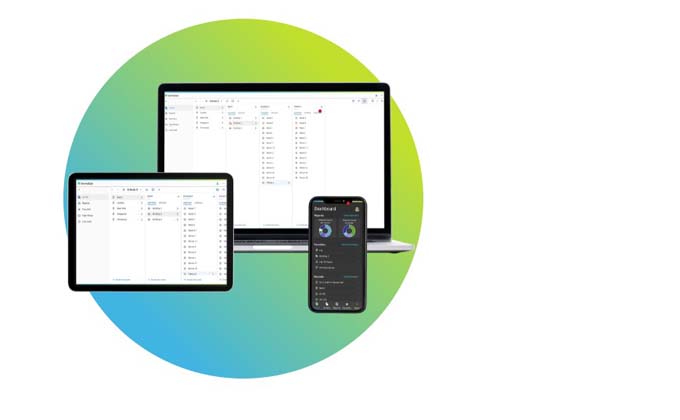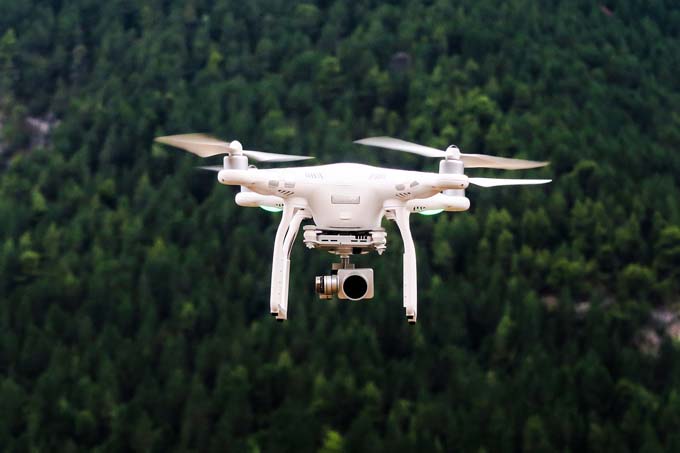How Manufacturing Benefits from Artificial Intelligence of Things
What happens when AI and IoT combine? Then AIoT (Artificial Intelligence of Things) is created. This opens up new potential for creating value from data.

Artificial Intelligence of Things focuses on collecting, analyzing and interpreting data from machines and sensors with the help of an MES/MOM. In this way, for example, forecasts can be derived and self-learning processes can be developed. There are several options for implementation.
Artificial Intelligence of Things: Symbiosis of AI and IoT
"The Internet of Things and a multitude of networked machines mean that more and more data is available. However, this data is worthless if it cannot be used in decision-making processes. They must therefore be processed and intelligently evaluated by AI applications as quickly as possible. Artificial intelligence can also draw comparisons with other processes, systems and their data and, by learning from experience, independently solve future tasks, avoid errors and optimize processes," explains Martin Heinz, CEO of iTAC Software AG, a provider of MES/MOM solutions.
The IoT structure therefore needs Artificial Intelligence, which in turn needs the Internet of Things as a source of data. iTAC also relies on this symbiosis and enables streaming and batch analytics on a central, scalable platform with out-of-the-box access to MOM data for predictable production. The iTAC.MOM.Suite takes advantage of the latest IIoT technology. The iTAC.IIoT.Edge software is a component of the MOM system (Manufacturing Operations Management System), but can also be used stand-alone, enabling significant improvements in manufacturing processes in a short time. It is able to combine IIoT data with MES data to form flat data structures and analyze this data in real time. In the process, the data packages can also be transferred to other analysis or ML/AI tools used by the customer and ML models created on other platforms can be integrated.
Predictive maintenance as a use case
"Machine learning and artificial intelligence-based applications in the analytics sector make more sophisticated and higher-quality analyses possible than conventional technologies and algorithms can. For example, artificial intelligence can find complex patterns in data, draw conclusions and use them to make predictions," explains Martin Heinz. By using iTAC's edge solution, numerous ML/AI use cases for advanced and digitized manufacturing can be expressed, for example in the area of prediction. The appropriate monitoring of machine and sensor data makes it possible, for example, to predict machine failures. Unplanned machine downtime can thus be reduced by up to 70 percent. Another use case is the reduction of test efforts. Most SMT lines with AOI struggle with a high rate of false calls. AI can be used to accurately differentiate between true defects and false calls. This reduces the need for manual inspection by operators by up to 60 percent, with associated time and costs. The result is higher throughput while supporting zero-defect production.
Source: iTAC Software AG (www.itacsoftware.com)









